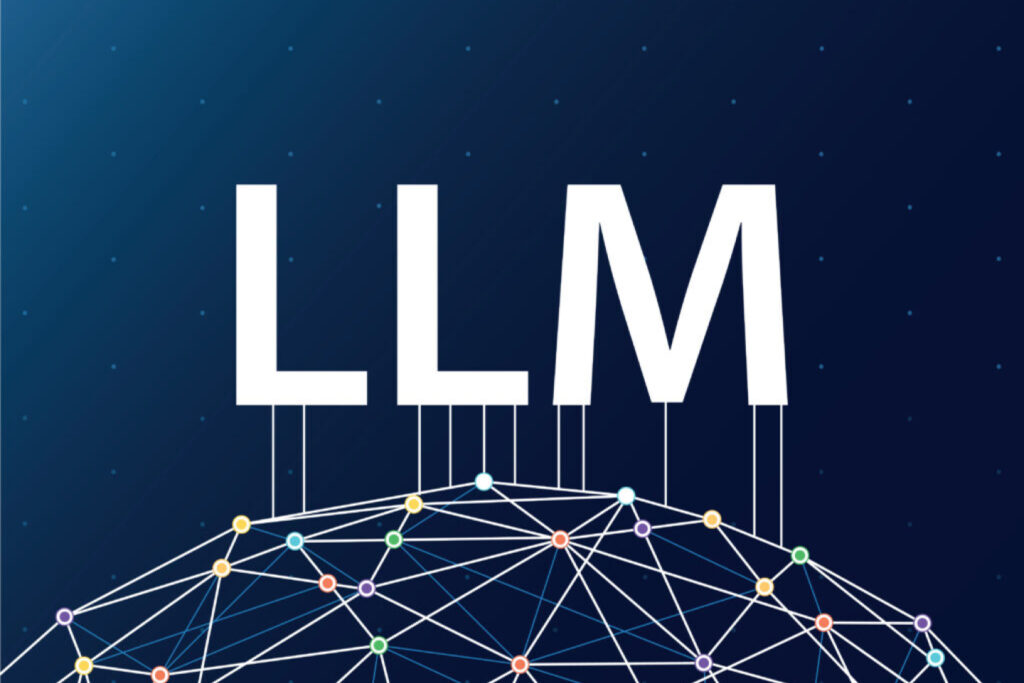
What are LLM Models: Understanding Large Language Models
In the rapidly evolving landscape of artificial intelligence, LLM models, or Large Language Models, stand out as a significant advancement. These models are revolutionizing how machines understand, generate, and interact with human language. From powering chatbots to creating sophisticated content, LLM models are becoming increasingly integral to various industries. This article delves into what LLM models are, how they work, their applications, and the challenges they present.
Defining Large Language Models
At their core, LLM models are deep learning algorithms trained on vast amounts of text data. This training enables them to recognize, predict, and generate human language. Unlike earlier natural language processing (NLP) models, LLM models possess a remarkable ability to understand context, nuance, and even generate creative content. They are built upon neural networks, specifically the transformer architecture, which allows them to process sequential data efficiently. The sheer scale of these models, often containing billions of parameters, is what allows them to achieve such impressive performance.
How LLM Models Work
The functionality of LLM models can be broken down into several key stages:
Data Preprocessing
Before training, the text data undergoes extensive preprocessing. This involves cleaning the data, removing irrelevant characters, and tokenizing the text into smaller units (words or sub-words). Tokenization is crucial as it allows the model to understand and process the text effectively. Different tokenization methods exist, each with its own set of advantages and disadvantages.
Training
The training phase is where the LLM model learns to predict the next word in a sequence. This is done through a process called self-supervised learning. The model is fed a sequence of words and tasked with predicting the next word. The model’s predictions are then compared to the actual next word, and the model’s parameters are adjusted to minimize the error. This process is repeated millions or even billions of times, allowing the model to learn the statistical relationships between words and phrases.
Inference
Once trained, the LLM model can be used to generate text. This is done through a process called inference. The model is given an input prompt, and it generates a sequence of words based on its training. The model’s output is then fed back into the model as input, allowing it to generate longer and more coherent texts. The quality of the generated text depends on the quality of the training data and the size of the model.
The Transformer Architecture
The transformer architecture is a key innovation that has enabled the development of LLM models. Unlike previous recurrent neural networks (RNNs), transformers can process entire sequences of text in parallel. This allows them to be trained much faster and to capture long-range dependencies in the text. The transformer architecture is based on the concept of attention, which allows the model to focus on the most relevant parts of the input sequence when making predictions. [See also: Understanding Transformer Networks]
Applications of LLM Models
LLM models are being used in a wide range of applications, transforming industries and creating new possibilities. Some notable applications include:
- Chatbots and Virtual Assistants: LLM models power sophisticated chatbots that can understand and respond to user queries in a natural and human-like manner.
- Content Generation: They can generate articles, blog posts, marketing copy, and even creative writing pieces.
- Language Translation: LLM models excel at translating text between different languages with high accuracy.
- Code Generation: Some LLM models can even generate code in various programming languages.
- Summarization: They can summarize long documents and articles, providing users with concise overviews.
- Question Answering: LLM models can answer questions based on a given context or knowledge base.
Examples of Prominent LLM Models
Several LLM models have gained prominence in recent years, each with its own strengths and characteristics:
- GPT (Generative Pre-trained Transformer) Series: Developed by OpenAI, the GPT series, including GPT-3 and GPT-4, are known for their impressive text generation capabilities.
- BERT (Bidirectional Encoder Representations from Transformers): Developed by Google, BERT is widely used for various NLP tasks, including text classification and question answering.
- T5 (Text-to-Text Transfer Transformer): Also developed by Google, T5 is designed to handle all NLP tasks in a text-to-text format.
- LaMDA (Language Model for Dialogue Applications): Another Google creation, LaMDA is specifically designed for conversational AI applications.
Challenges and Limitations
Despite their impressive capabilities, LLM models also face several challenges and limitations:
- Bias: LLM models can inherit biases from their training data, leading to biased or discriminatory outputs. Addressing bias in LLM models is a crucial area of research.
- Cost: Training and deploying LLM models can be very expensive, requiring significant computational resources.
- Explainability: Understanding how LLM models make decisions can be difficult, making it challenging to debug and improve them.
- Hallucination: LLM models can sometimes generate factually incorrect or nonsensical information, a phenomenon known as hallucination.
- Ethical Concerns: The potential misuse of LLM models for generating fake news or malicious content raises ethical concerns.
The Future of LLM Models
The field of LLM models is rapidly evolving, with ongoing research aimed at addressing the challenges and limitations mentioned above. Future directions include:
- Improving Efficiency: Developing more efficient LLM models that require less computational resources.
- Enhancing Explainability: Making LLM models more transparent and understandable.
- Reducing Bias: Developing techniques to mitigate bias in LLM models.
- Expanding Applications: Exploring new and innovative applications of LLM models in various industries.
Conclusion
LLM models represent a significant leap forward in artificial intelligence, enabling machines to understand and generate human language with unprecedented accuracy and fluency. While challenges remain, the potential applications of LLM models are vast and transformative. As research continues and technology advances, LLM models are poised to play an increasingly important role in shaping the future of communication, information processing, and automation.
